Fashion: Style leaders / Global
Ensemble cast
Back in 2007, we premiered Style Leaders, a column to decode the politics of power dressing in the global elite. For this special issue we asked its illustrator, a celebrated Norwegian engineer, to help us reprise the popular format.

For the biggest players on the world stage, presentation matters: the sartorial choices of the presidents and prime ministers of the 21st century are rigorously scrutinised, interpreted and critiqued by eagle-eyed social media as well as more traditional news outlets. The first issue of monocle introduced a column called Style Leaders, a feature analysing the semiotics of political leaders’ sartorial armour.
The debut Style Leader looked at Iran’s then-president Mahmoud Ahmadinejad and his Chinese-made blazers – the, if you will, Ahmadinejacket, a signifier of “everyman anonymity”.
monocle has now surveyed a fresh crop of young heads of state and we can confidently confirm that Ahmadinejad was not the last to have sought to be judged – favourably – by appearances. Now, allow us to introduce you to the new style leaders.
1.
Gabriel Boric
President, Chile
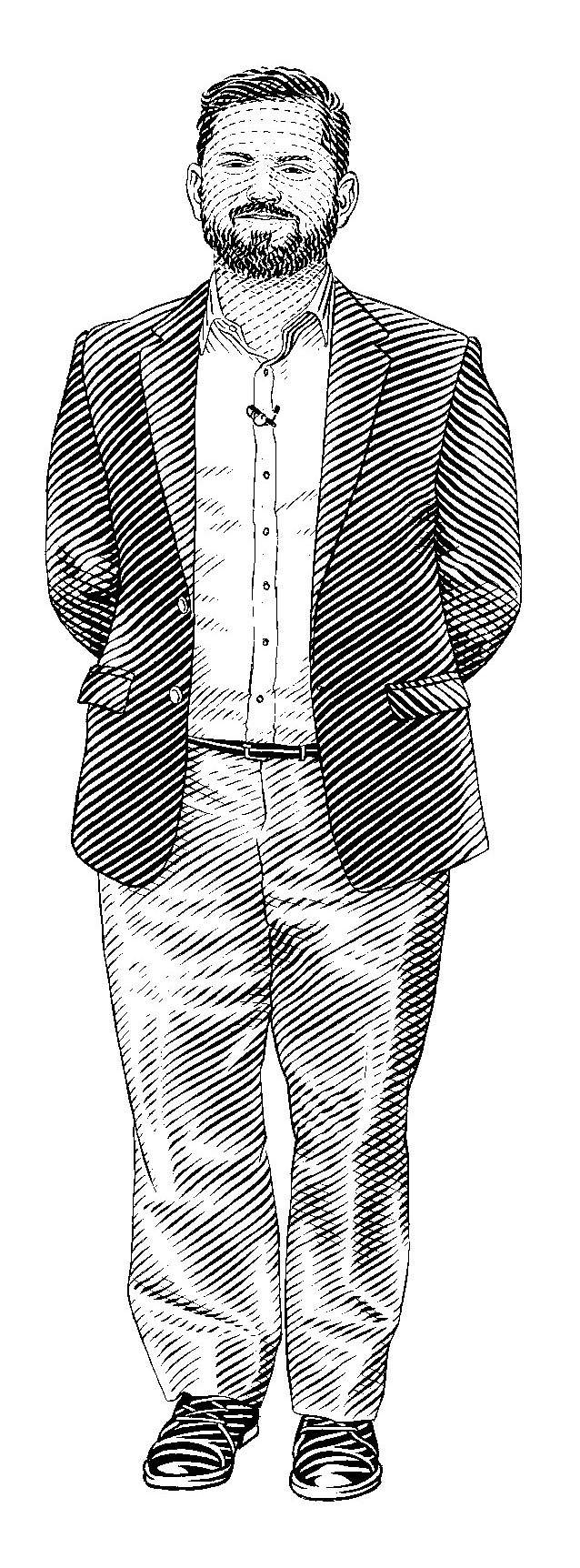
Chile’s new thirtysomething president is not the world’s first hipster head of state. That honour belongs to his Salvadorean counterpart Nayib Bukele, a bearded, backwards-baseball-capped bitcoin aficionado. Boric nevertheless affects the same nerdish machismo that has become a default for young men: meticulously tended beard, carefully chosen rock-band T-shirts and plaid western wear, intricate tattoos on forearms (in Boric’s case, an image of a lighthouse overlooking the Strait of Magellan by Santiago artist Yumbel Gongora). It remains to be seen whether high office will tame Boric’s look: he has grown out the mohawk he had early in his career. Yet his appearance has helped him connect with the nation’s younger voters, who want less buttoned-up governance.
2.
Jacinda Ardern
Prime minister, New Zealand
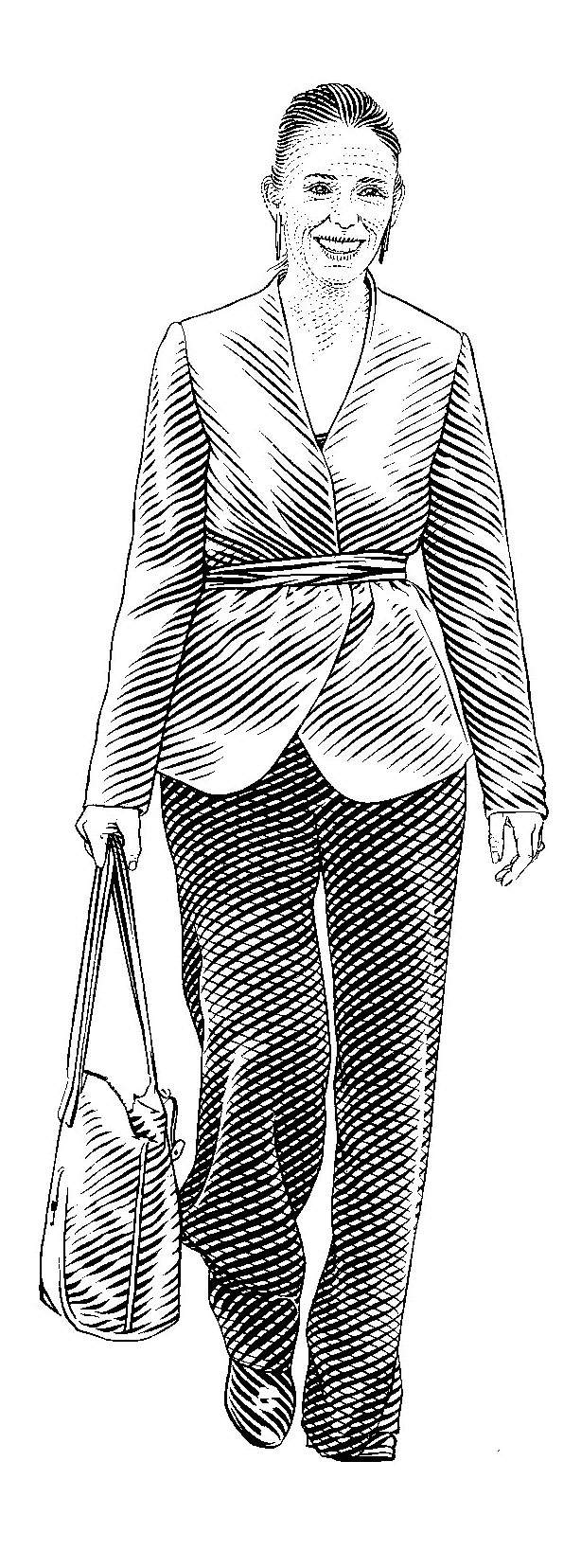
For male national leaders, dressing remains undaunting: put on a suit, tuck your shirt in and do your trousers up, and you’ll attract little criticism. For female leaders, the rules are less forgiving. Ardern, however, has embraced the opportunity to express herself and to put her home country’s designers in front of a global audience that pays Ardern an amount of attention historically unusual for leaders of her nation. Ardern has worn Auckland brand Maaike on her past two election nights and at her first swearing in chose a blue and red dress by Kiwi designer Kate Sylvester. She was also photographed in a Harman Grubisa trench coat, which made her look like she was about to solve a murder in Stavanger. But in tougher political environments, voters may be less charmed by playful dress codes.
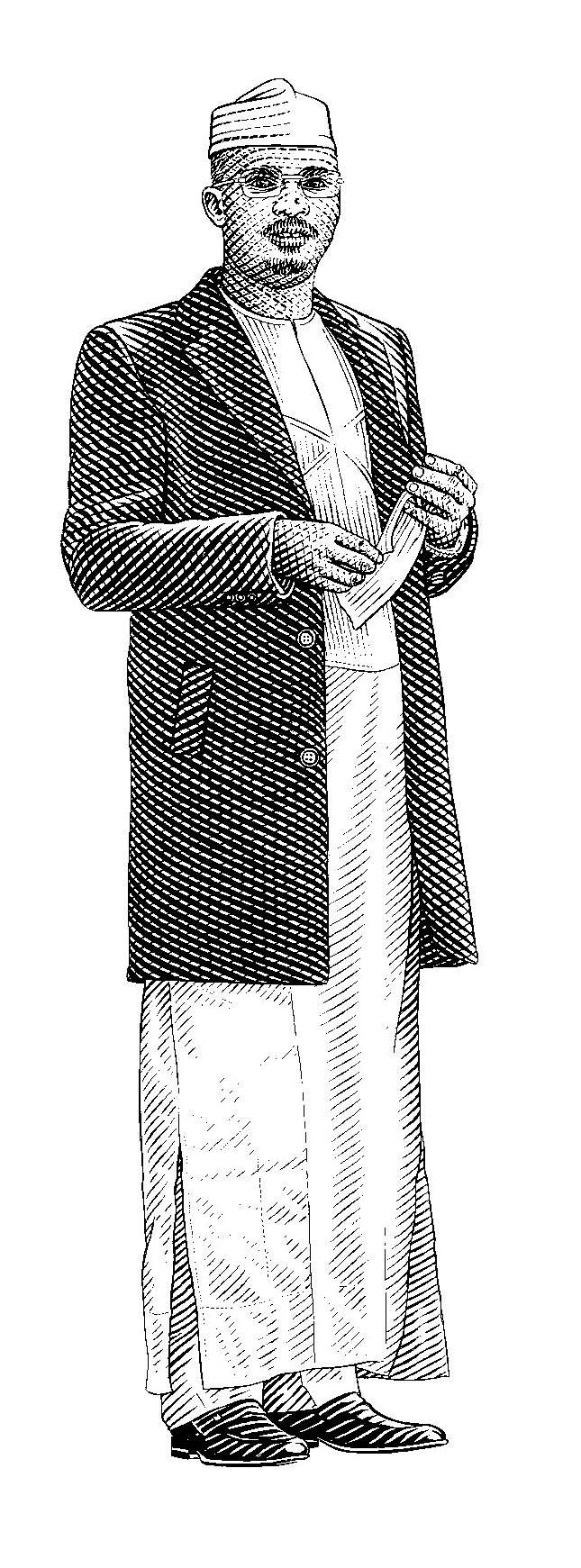
3.
Mahamat Déby
Chairman of transitional military council, Chad
Déby inherited his position as Chad’s de facto president from his father, Idriss Déby, who was killed in battle in April 2021. At that time the fresh-faced Mahamat Déby held the rank of general in Chad’s army – ascent through the ranks perhaps aided by having a long-serving autocrat as a father. Since taking charge of Chad, Déby has largely hung up the gold-braided khaki fatigues in favour of a simple white jalabiya ensemble with matching tagiya hat – sensible for Chad’s scorching climate and equally so for appearing more like a man of peace and faith than a military dictator. His eyewear helps to add a certain steely veneer.
4.
Ana Brnabic
Prime minister, Serbia
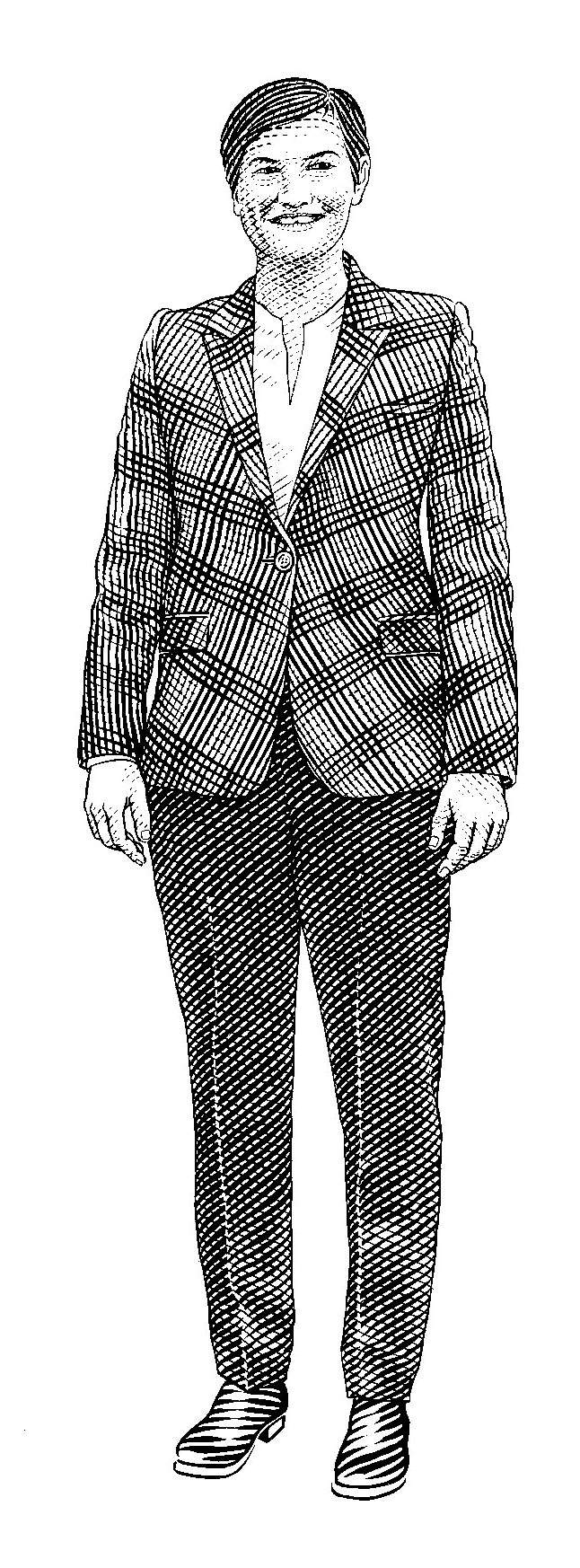
Brnabic is Serbia’s first female prime minister and its first lesbian one, in both regards an anomaly amid a Serbian political establishment not widely heralded as pathfinders for women’s or lgbtq rights. In many other respects, Brnabic fits right in. Were she not at heart a populist nationalist, she would not occupy the position she does. Brnabic wears trousers with suit jackets and enjoys clashing colours and patterns. The results, inevitably, are mixed. On some occasions, Brnabic cuts an undeniably idiosyncratic dash, elegantly emphasising that she is not your usual Balkan politician. On others she looks like a sportscaster on television news in Belgrade introducing the highlights of the Red Star vs Partizan derby in about 1974. But this is, perhaps, not an arena for fashion statements.
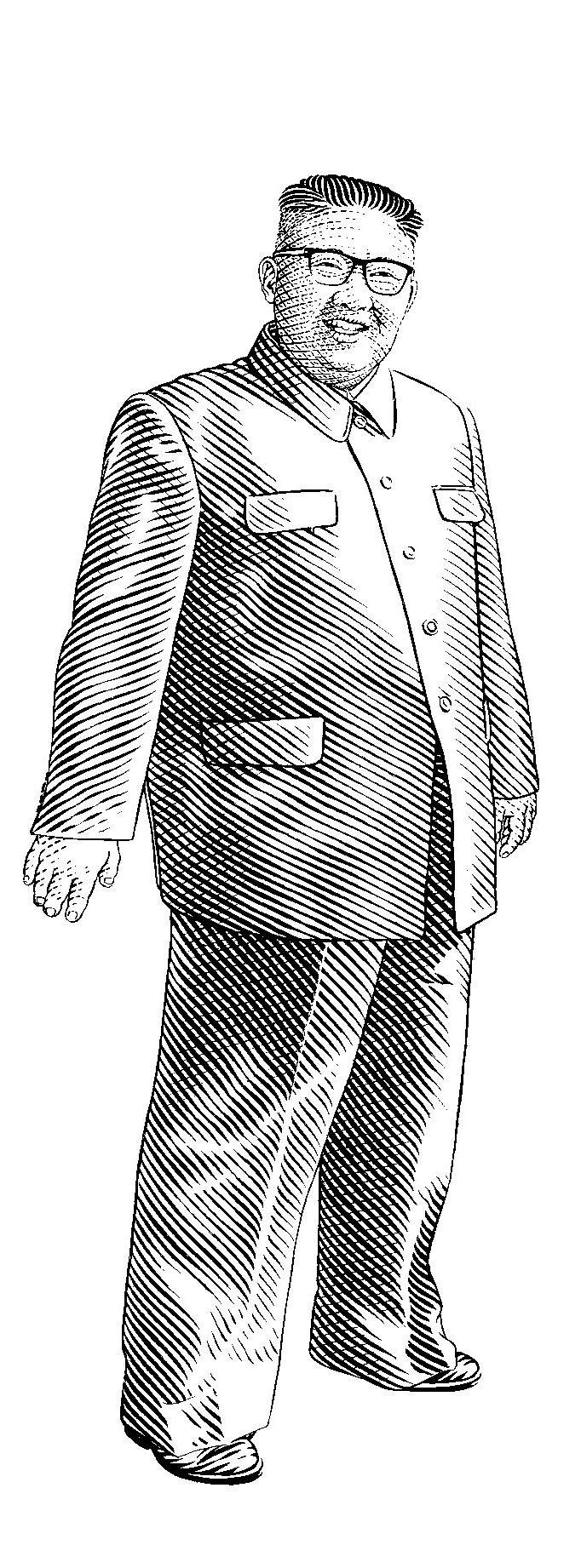
5.
Kim Jong-un
Supreme leader of North Korea
In deportment as in most other regards, Kim Jong-un has not deviated significantly from the example of his father, Kim Jong-il, or his grandfather, Kim Il-sung. Like his ghastly predecessors, Kim III often sports a plain, high-buttoned monochrome suit of the type first made famous by former Chinese leader Mao Zedong, an early patron and protector of the Democratic People’s Republic of Korea. As sported by Kim, the modern North Korean iteration of the Mao suit emphasises his descent from a line of God-emperors, while also declaring his otherwise dubious credentials as a humble foot soldier in the proletarian revolution. Hard to say what the deal is with his hair, however.


